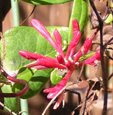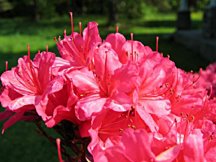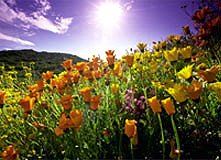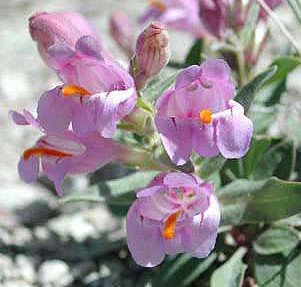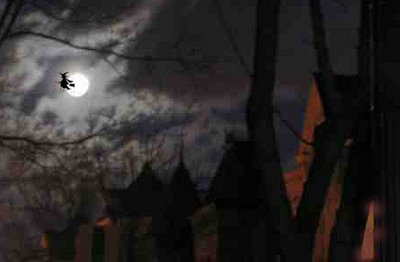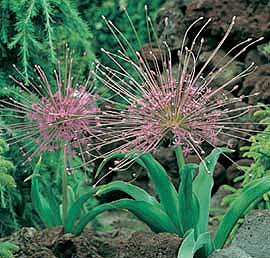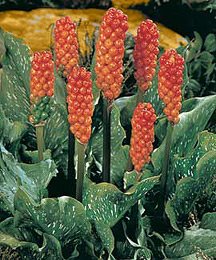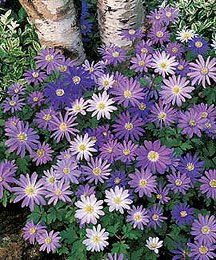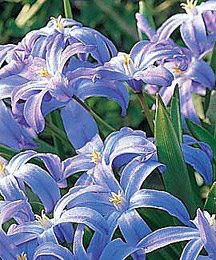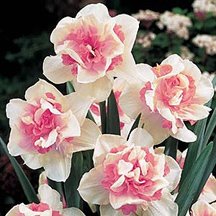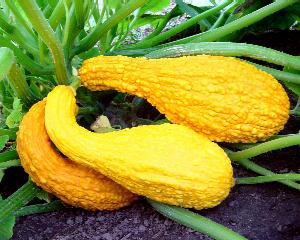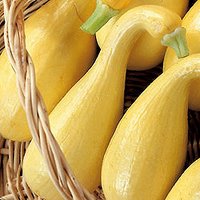 On TV, last night, an actor gave someone a cactus, claiming "You only have to water it three times a year." Hmmmm... I thought to myself. Maybe that's why cactus house plants don't grow so well.
On TV, last night, an actor gave someone a cactus, claiming "You only have to water it three times a year." Hmmmm... I thought to myself. Maybe that's why cactus house plants don't grow so well.Meet Uncle Henry - 12 feet tall, still going strong. The joke around here is that when he reaches the ceiling we'll move once again. I can't bear to part with him. As a young pup, Henry was growing 1 foot per year. Last winter, we trimmed 40 pounds off him and he's still 'overweight.'
Cactus can survive without water but they won't thrive. This one gets a drink every week and fertilizer every season. (A diluted 10-10-10 fertilizer every 3 months is perfect.) Spring for good quality cactus potting soil and some varieties will reward you with a flower or two.
This is an African Milk Tree (Euphorbia trigona). Some folks claim he's not a true cactus because of his leaves. (Experts assure me he is.)
Want an indoor tree? Buy one of these. They grow like crazy, with minimal care, in a sunny window.

